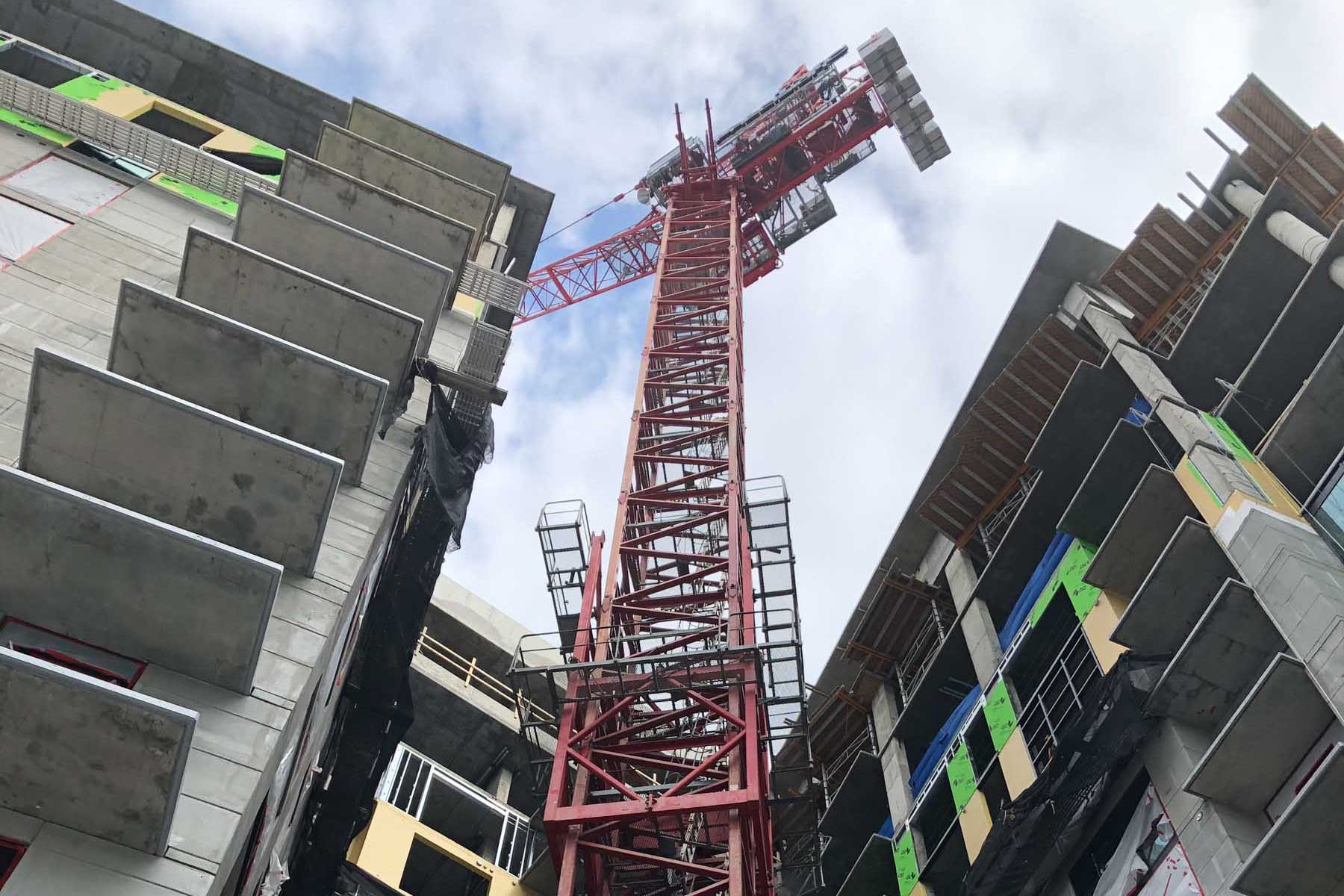
In 2019 alone, we built, or are currently building, nearly 4,000 apartment units and many of those projects are for repeat clients. In fact, nationwide there are more than 600,000 multifamily units currently under construction. With that many new apartments about to come on the market, it might seem like the market is close to being oversaturated — if it isn’t already. But the truth is, our research shows the demand for new multifamily units isn’t slowing down. How is it possible that vacancy remains low despite the largest swell of apartment construction in recent history? Here are the main factors behind the continued demand for multifamily units, and one simple thing you can do to maximize your next projects’ return on investment:
Single Home Market
Up until the last recession, homebuilders were delivering as much as 1.65 million single family homes in a year. Right now, it’s looking like that number will be more like 875,000 for 2019. Post-recession, home builders learned a valuable lesson and don’t want to get caught again with too much product in the pipeline. Instead, they are focusing on building quality instead of quantity, which means fewer homes and at higher prices. Those conditions mean that, for many people, renting makes more financial sense than buying.
Population Shift
Across the country, downtown areas continue to experience a revitalization driven by population growth and a renewed desire to live and work in walkable, urban neighborhoods. That’s great news for multifamily developers, because apartments are much more conducive to that lifestyle than single-family homes. Click here to read an article by Turner Burton, president, about how that trend is generating additional demand for not only multifamily projects, but large-scale mixed-use projects as well.
Job Growth
In addition to the shift towards downtown living, job growth in major cities has an impact on the demand for apartments. The city of Orlando alone saw considerable employment growth, adding approximately 50,000 jobs to the city’s existing workforce of 1.3 million people. This kind of employment and population growth, coupled with the muted single home construction trends we discussed earlier, is the reason why vacancy rates continue to remain low in major cities that would otherwise be oversaturated.
Managing Risk
So, what does all this mean for your planned or future developments? Our research shows that, without a significant boost in single-family home construction activity, the resulting bottleneck will keep renters in place longer, ensuring demand for multifamily units will continue to climb. My advice to properly manage your risk is to engage with your contractor early. That’s something we talk about a lot, but it’s a crucial factor to maximize your return on investment. Once you set a pro forma rent, you need to not only ensure the quality of your finished building can achieve that rent, you also need to ensure the construction costs don’t escalate, potentially unnecessarily increasing your cost per unit and eroding your targeted ROI. That’s where a contractor skilled in design collaboration and accurate estimating can work with your architect early to continuously review the design and ensure it, and your ROI, stay on target.
To read more about collaborative design review and how it can help avoid common budget problems, click here.

